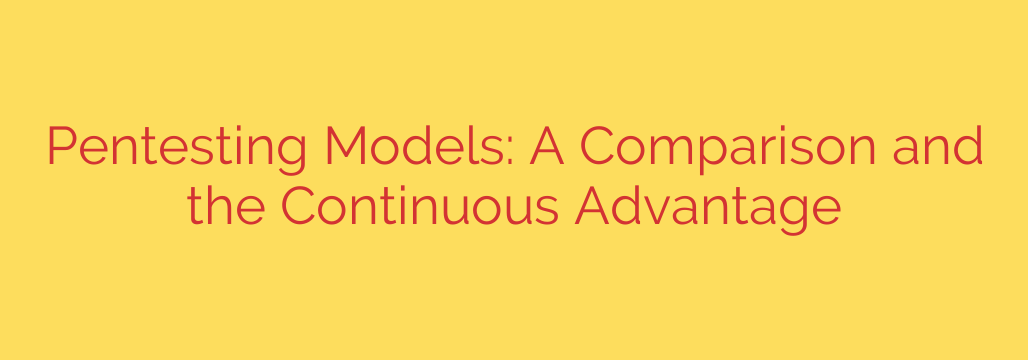
Understanding the different approaches to penetration testing is crucial for any organization serious about security. Traditionally, testing has often fallen into three main categories, each offering a unique perspective on a target system or network.
Black Box testing simulates an external attacker with zero prior knowledge of the system’s internal workings, code, or infrastructure details. Testers rely solely on publicly available information and standard hacking techniques, much like a real-world attacker probing a perimeter. This method is excellent for revealing external vulnerabilities and identifying how difficult it is to breach the system from the outside.
In contrast, White Box testing, sometimes called clear box or crystal box testing, grants the testers complete knowledge of the system’s internal structure, source code, architecture diagrams, and infrastructure. This allows for a deep, comprehensive analysis, scrutinizing code logic, configuration errors, and internal design flaws that might be missed in a black box approach. It’s highly effective for thorough internal security reviews.
Sitting between these two extremes is Grey Box testing. Here, testers have limited knowledge of the internal system, perhaps possessing user credentials, access to design documentation, or knowledge of specific system components. This approach attempts to balance the real-world scenario of an attacker who might gain some internal access (like a compromised user) with the need for efficient, targeted testing based on some internal context.
While these traditional models are valuable, they are often conducted as time-boxed, periodic exercises. This snapshot approach has limitations in today’s dynamic threat landscape. Systems and applications are constantly changing, new vulnerabilities emerge daily, and attacker methods evolve rapidly. A test conducted last month might not reflect the current security posture.
This is where the concept of continuous security testing or continuous pentesting offers a significant advantage. Instead of periodic checks, a continuous approach involves ongoing, automated, and often integrated testing activities complemented by expert human analysis. This provides a real-time view of the security posture.
The continuous advantage lies in its ability to detect vulnerabilities faster, adapt to changes instantaneously, and provide constant feedback on the security state. It moves security from a sporadic audit function to an integral, ongoing part of the development and operations lifecycle. By combining automation for breadth and speed with expert human testers for depth and creativity, organizations can maintain a more robust defense against ever-present threats. Implementing a continuous model means security is always being validated, offering far greater confidence in the face of rapid change and persistent attackers.
Source: https://www.bleepingcomputer.com/news/security/how-todays-pentest-models-compare-and-why-continuous-wins/








